The Department of Livestock Production ( Ministry of Agriculture and Rural Development ) said that the country's poultry flock is growing quite rapidly, from 2018 to 2022, the average growth rate is 6.3%/year, currently the total flock is more than 551 million. However, there are opinions that, due to many reasons, in 2023, the poultry industry is facing challenges and to overcome difficulties, it is necessary to synchronously implement many effective solutions.
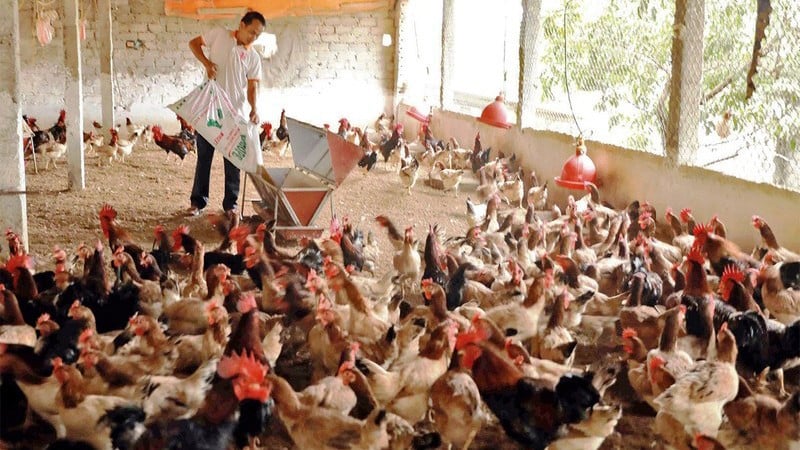
According to Chairman of the Vietnam Poultry Association Nguyen Thanh Son, in recent years, the poultry industry has grown relatively high but unsustainably, and there are still some shortcomings such as: Profit margins in poultry production are gradually decreasing, selling prices are lower than production costs; and disease outbreaks are complicated.
Large enterprises expanding their livestock farming scale, especially FDI enterprises, have led to a situation where total supply is too large compared to total demand, causing prices to drop sharply. Many domestic livestock enterprises are at risk of having to stop production due to exhausted capital. Domestic production is facing difficulties when it has to compete fiercely with cheap imported chicken products.
The price of raw materials and animal feed has increased, the market is unstable, and consumption is difficult, so many localities have had to reduce the scale of livestock farming. Small-scale farmers are increasingly losing ground and are being eliminated from the "game". In fact, many poultry products that do not ensure food safety are still "smuggled" into our country through unofficial channels. Along with that, there are cases of illegal transportation of animals and animal products across the border, including discarded laying hens, causing the potential risk of disease outbreaks.
In recent years, the poultry industry has grown relatively high but unsustainably.
|
Director of Luong Hue Poultry Breeding Joint Stock Company, Pham Van Luong, shared that in addition to the fact that the selling price of a chicken is lower than the production cost, we also have to face many difficulties. For example, regarding capital for production development, if we want to borrow capital, the bank will not lend it, or if we do, the interest rate is still high. Enterprises also have to "carry" many additional costs: quarantine fees, testing fees, transportation fees, and processing fees.
For example, transporting a shipment of about 10 to 15 kg incurs a quarantine fee of 100,000 VND, while large enterprises transporting a container or a cargo ship only incur an equivalent fee.
Then the daily quarantine fee, one imported chicken for slaughter costs 200 VND, a year costs about 72 thousand VND, if you add the investment cost, bank interest, testing fee from 200 to 300 thousand VND/sample continuously for months... So the business "surviving" is a great effort.
In order for the poultry industry to overcome difficulties and develop stably in the coming time, the Vietnam Poultry Association and businesses recommend that the Ministry of Agriculture and Rural Development submit to the Government for consideration and review of existing policies to provide more practical, timely and easier-to-implement support for farmers and businesses: consider adjusting the support level to a higher level for agricultural enterprises, accordingly, enterprises in the agricultural production sector will enjoy a support reduction of 35 to 40%, enterprises producing livestock, animal feed, and veterinary medicine will receive a reduction of 45 to 50% of corporate income tax to have capital to maintain production.
The Ministry of Agriculture and Rural Development needs to review the medium and long-term poultry development strategy, with a development orientation that is harmonious between quantity and quality, focusing on improving quality and production efficiency rather than increasing quantity too quickly; promote industrial poultry farming, apply high technology in large farms and enterprises, encourage traditional household farming with improvements towards professionalization, organic farming to increase added value; build the poultry industry according to linked chains; support investment in developing poultry farming according to value chains associated with product traceability; continue to review and cut unnecessary administrative procedures and costs in the animal feed production chain...
The Ministry of Agriculture and Rural Development and the Ministry of Industry and Trade need to step up negotiations to expand the export market for processed poultry meat, eggs, and breeding animals outside the Japanese market to have more export markets.
Relevant ministries and sectors should coordinate with industry associations to build strong technical barriers to imported meat, in order to create a healthy competitive environment for domestically produced products. Relevant ministries and sectors should strengthen inspection and supervision of smuggling of animals and animal products across the border.
Source


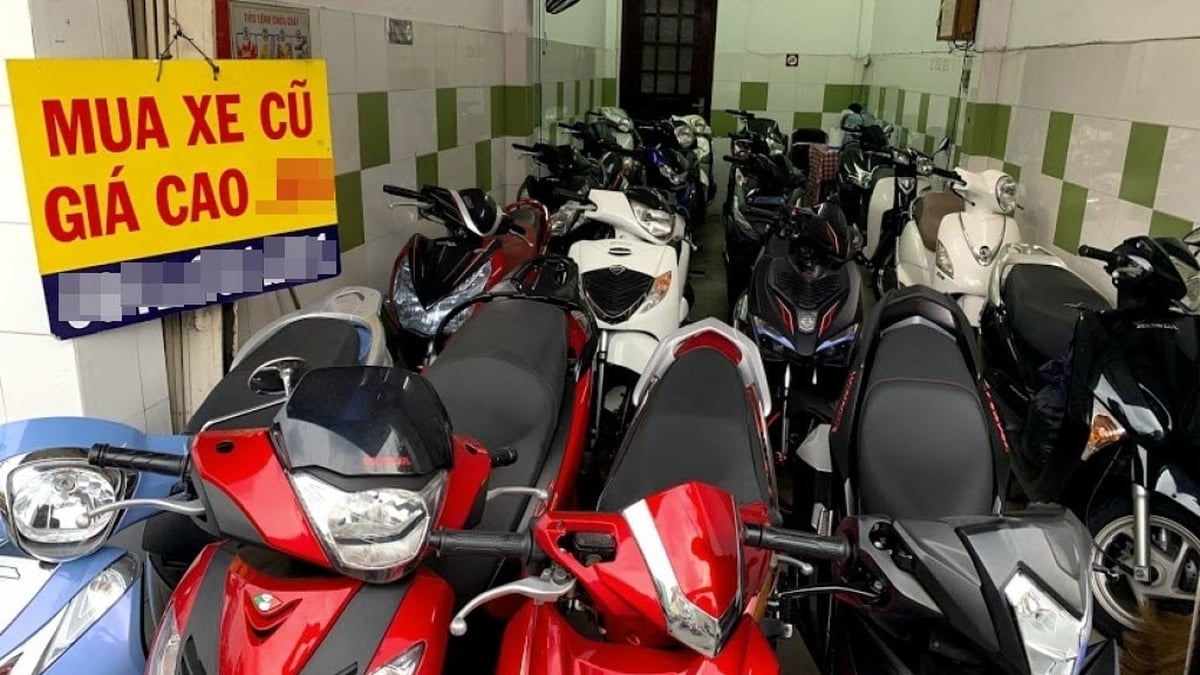
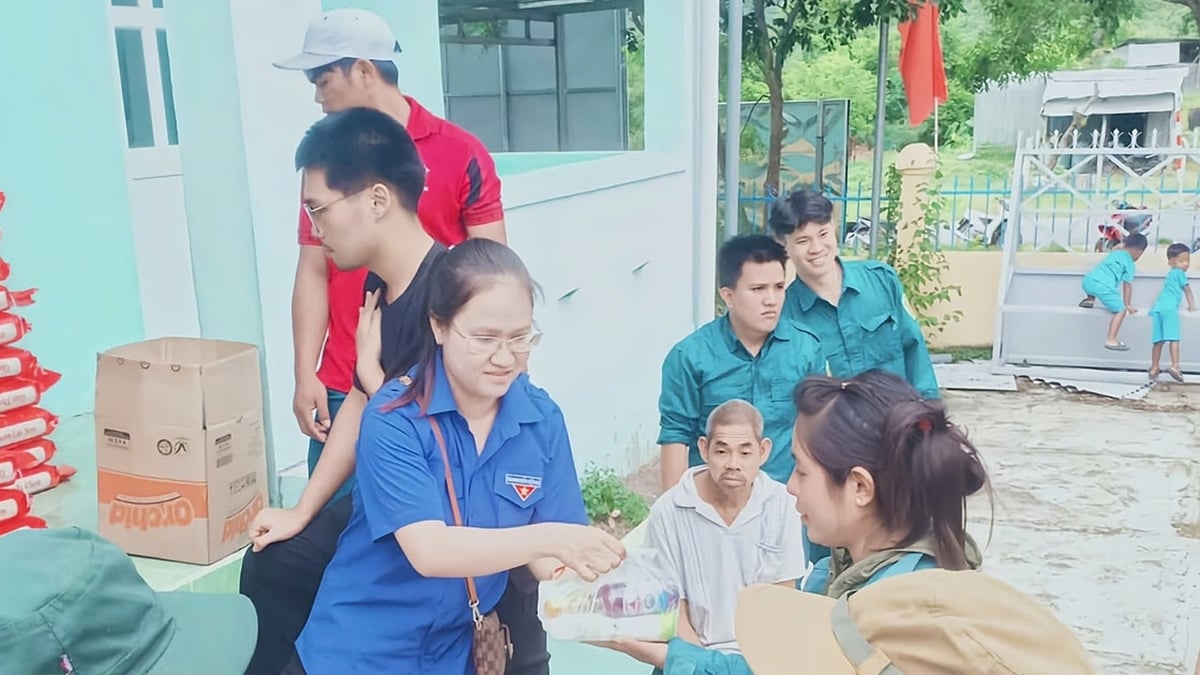



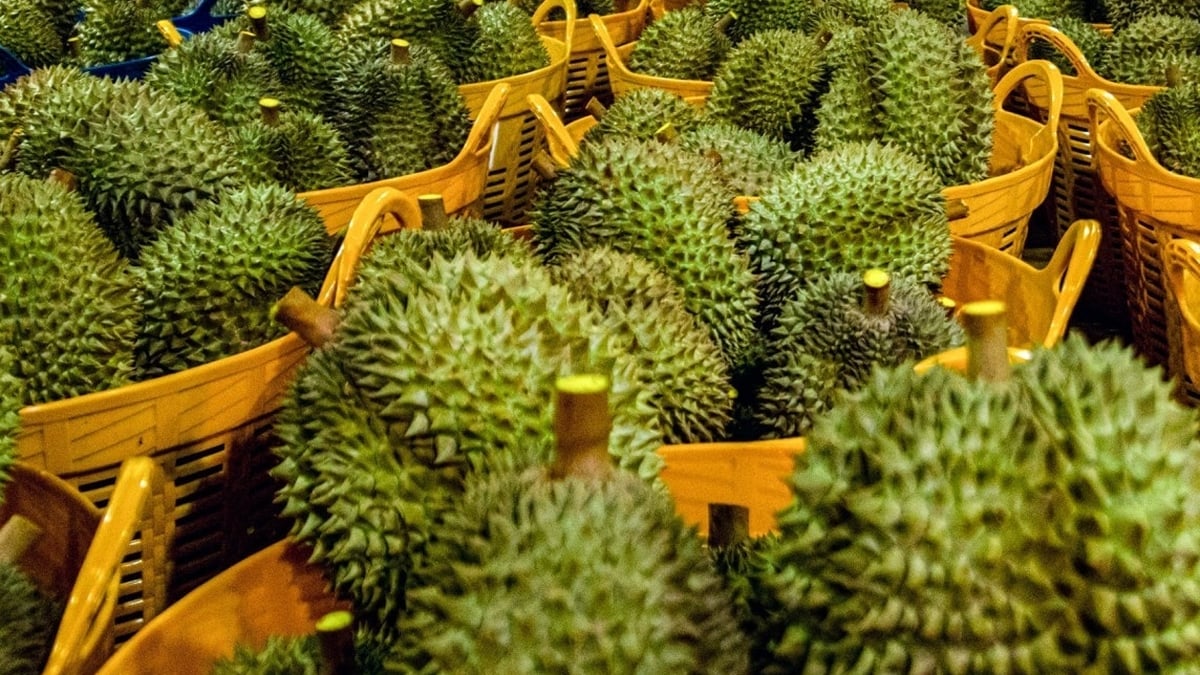
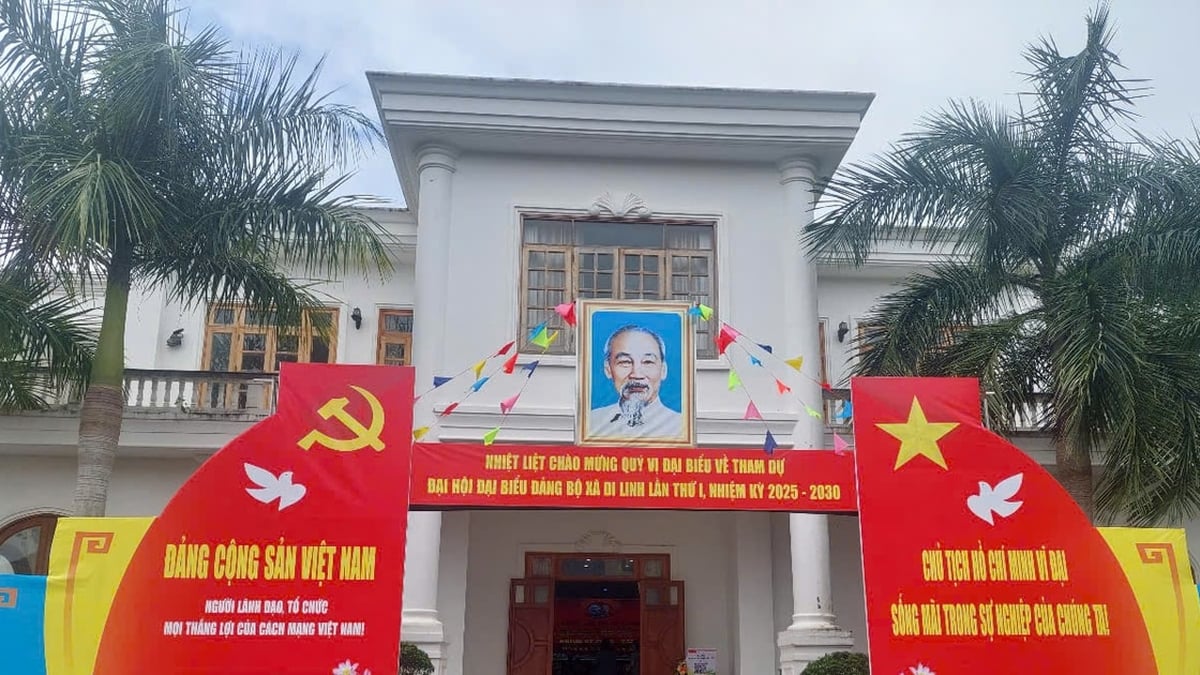

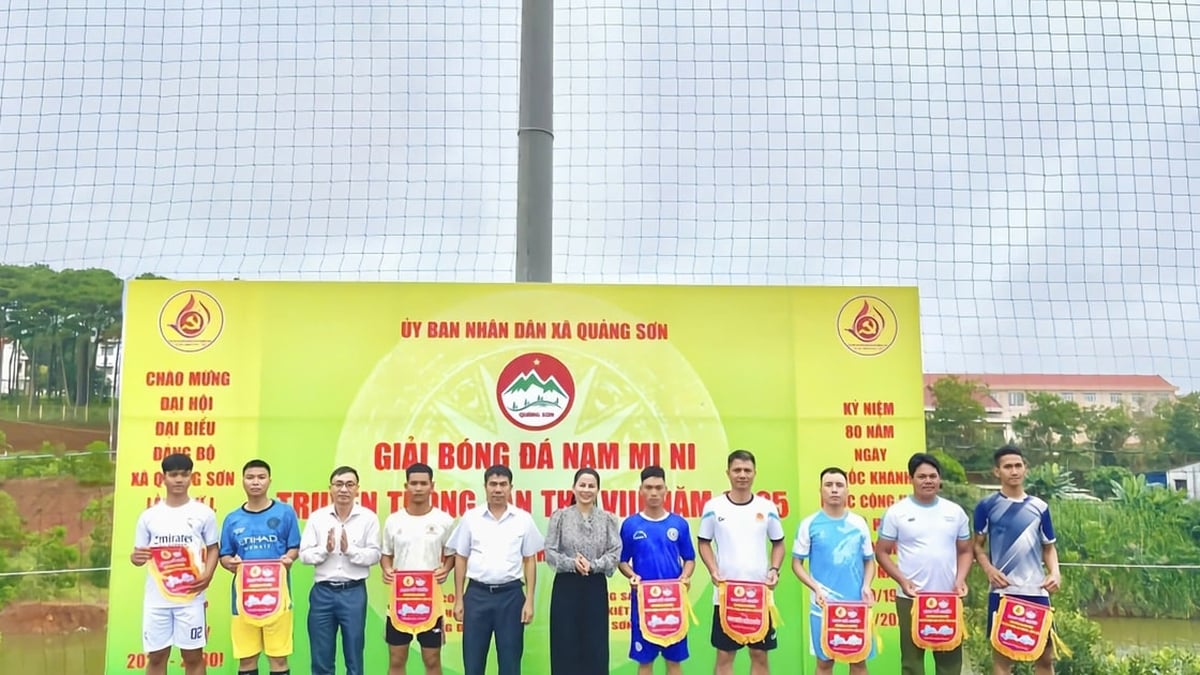
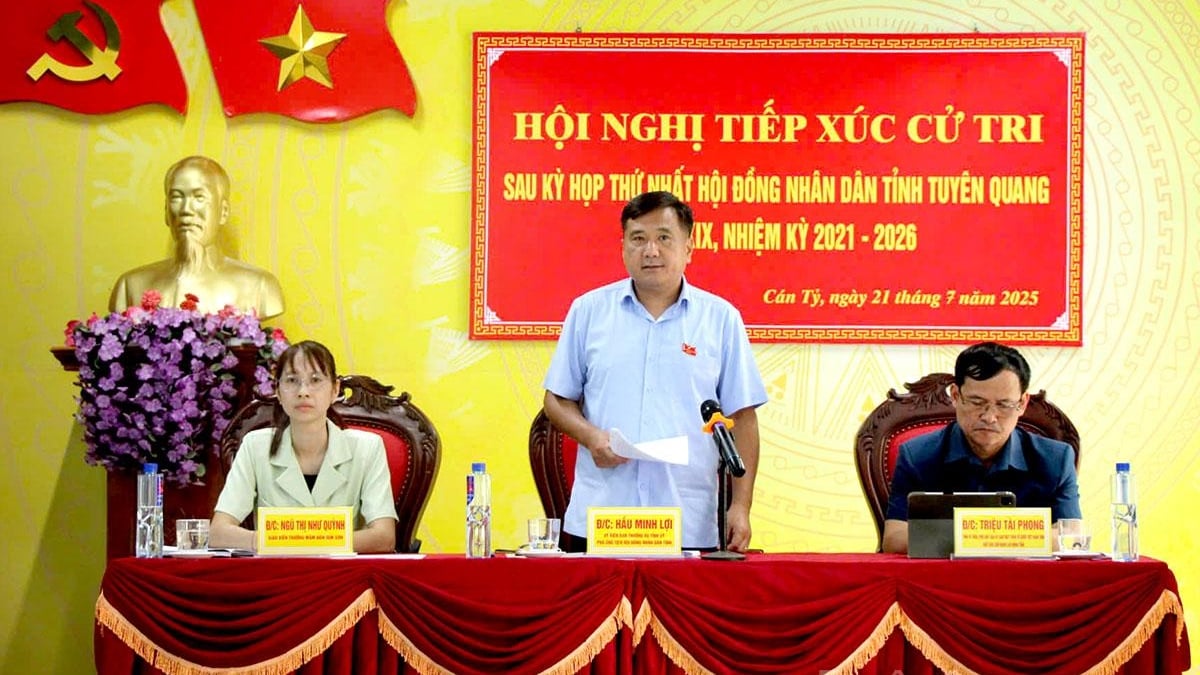













![[Photo] National Assembly Chairman Tran Thanh Man visits Vietnamese Heroic Mother Ta Thi Tran](https://vphoto.vietnam.vn/thumb/1200x675/vietnam/resource/IMAGE/2025/7/20/765c0bd057dd44ad83ab89fe0255b783)





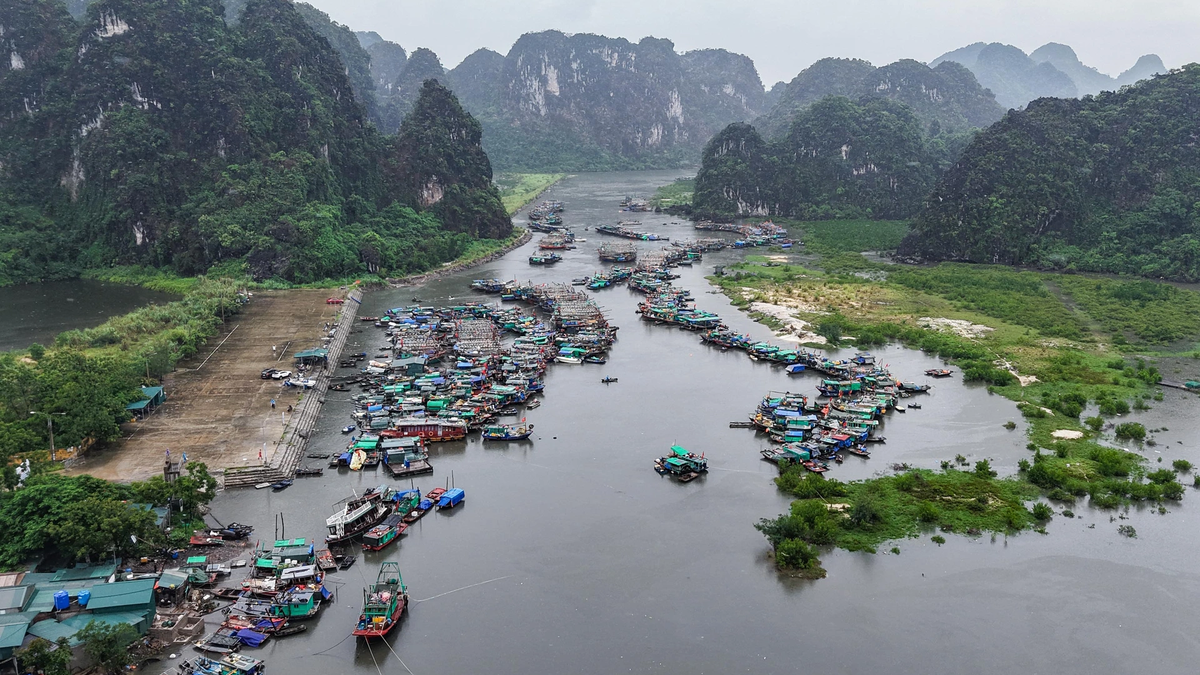




























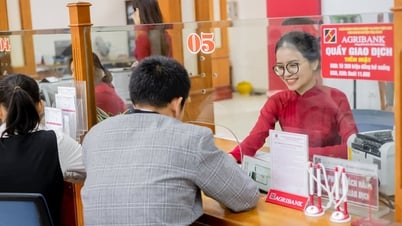

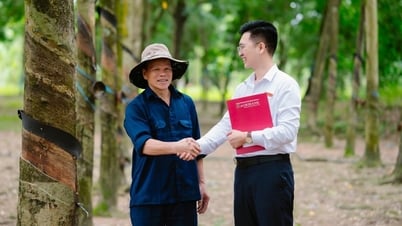





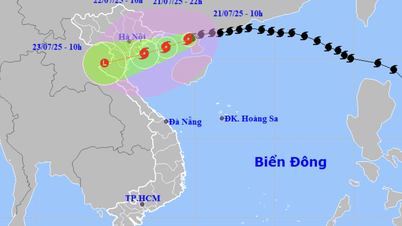



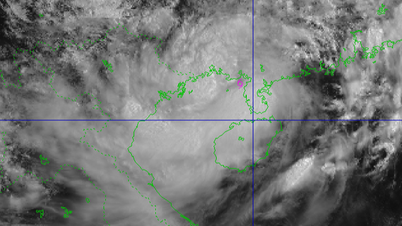




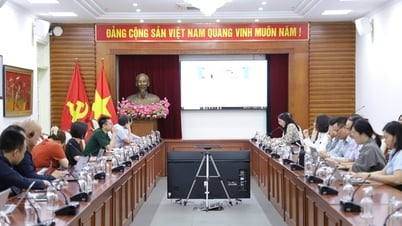
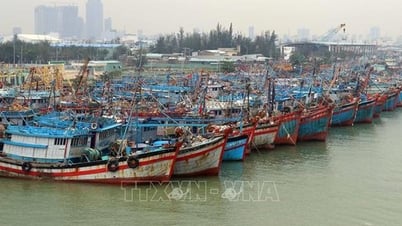




















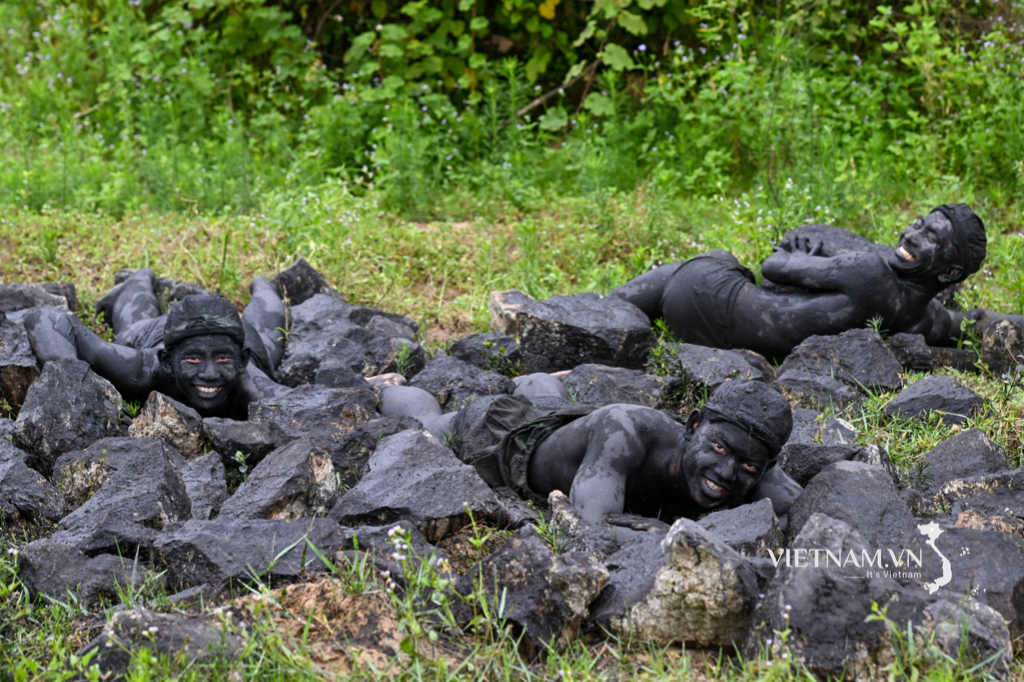
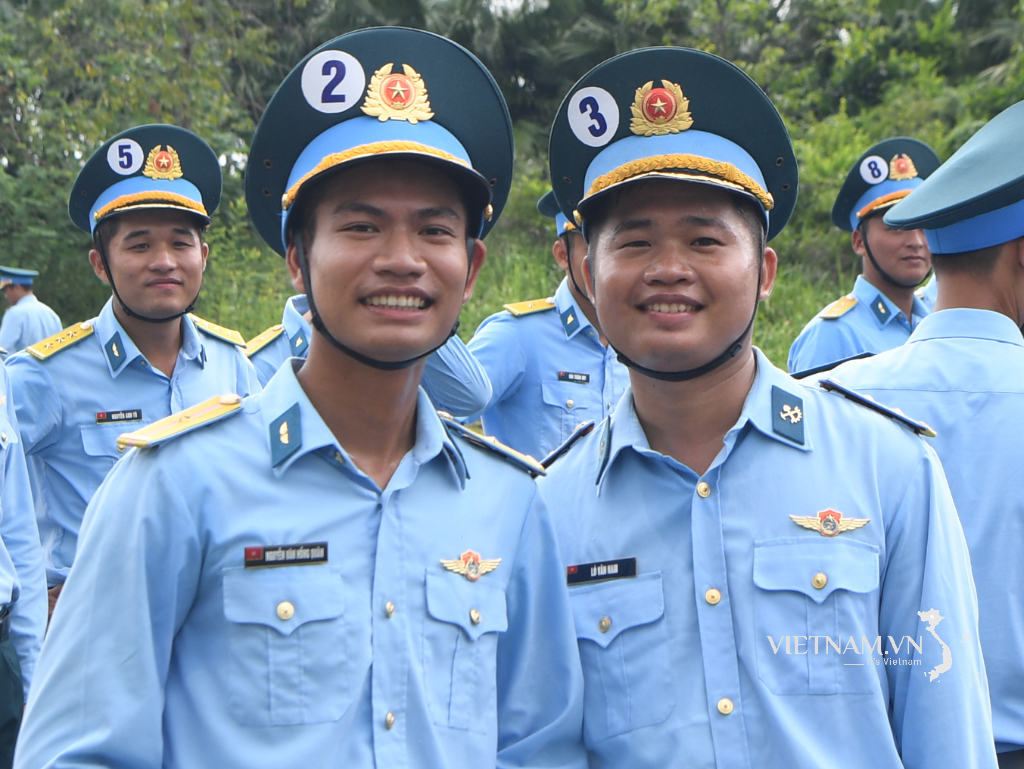
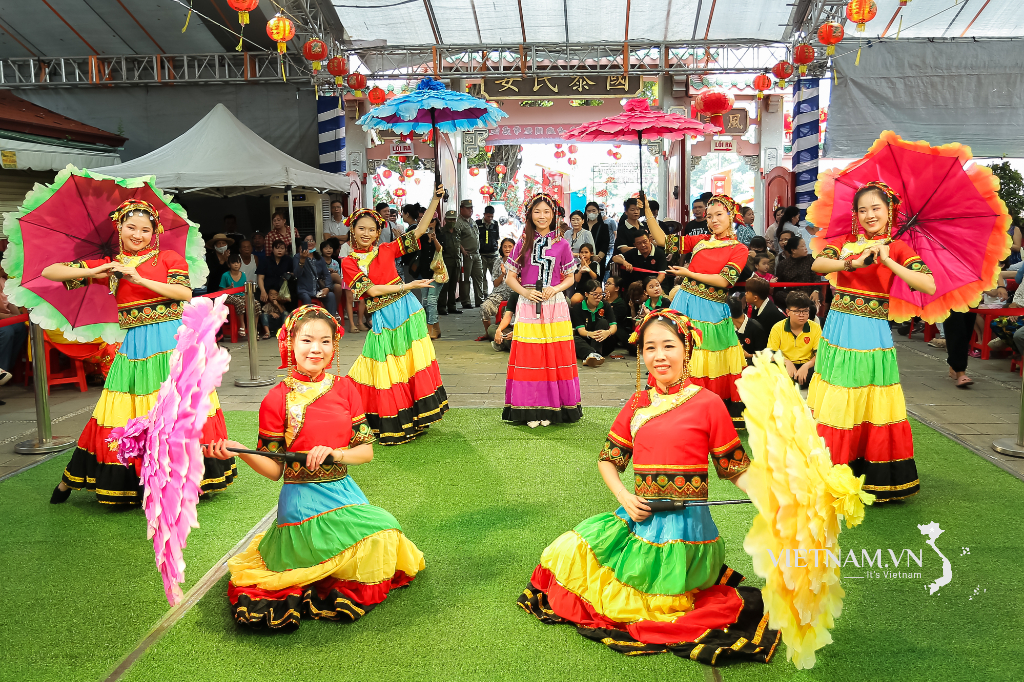
Comment (0)